In the world of gardening, the idea of planting certain plants together is a popular way to grow healthier, more productive crops. For people who love cantaloupes, understanding how to plant them with other plants can really help them have a better harvest.
Companion planting is more than just a gardening trick. It’s a way to use the natural connections between plants. Gardeners can choose plants that work well together. This creates a healthy ecosystem. The right companion plants can keep pests away and make the soil richer. This also helps the plants grow stronger.
Choosing the right plants to grow with cantaloupe is key for good growth and harvest. In this article, we’ll look at 9 plants that help cantaloupe thrive. We’ll also discuss 9 plants to avoid planting near cantaloupe, as they can harm its growth. Companion planting plays a vital role in cantaloupe gardening. Let’s explore the best and worst plants for growing cantaloupe.
The 9 Best Cantaloupe Companion Plants
When growing cantaloupes, choosing the right partner plants can really help them grow well and give you more fruit. Here are 9 plants that work great with cantaloupes:
Corn
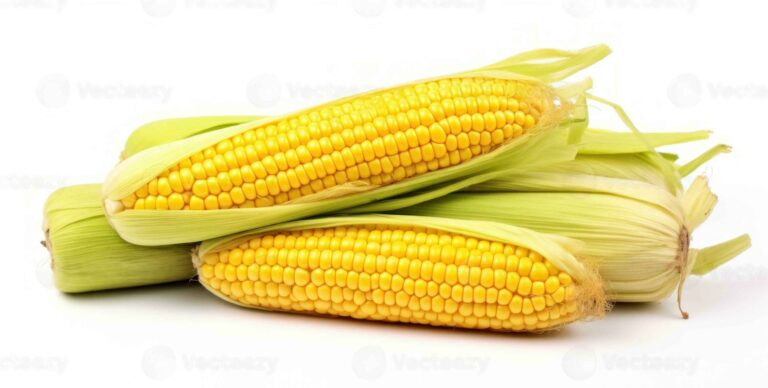
Corn is more than just a summertime favorite. It’s also great for growing cantaloupe. Corn’s tall stalks provide support for cantaloupe vines. The vines can climb and spread without getting tangled or damaged. Corn’s wide leaves also create shade. This helps control the soil temperature and moisture for the cantaloupe plants growing below.
Corn grows best in soil that is rich and well-drained. It needs warmth from the sun to thrive. Corn does well in fertile soil with organic matter. This helps it grow strong and healthy. Corn also needs consistent moisture and enough space to grow tall and produce tassels. These conditions support a good corn crop.
Marigold
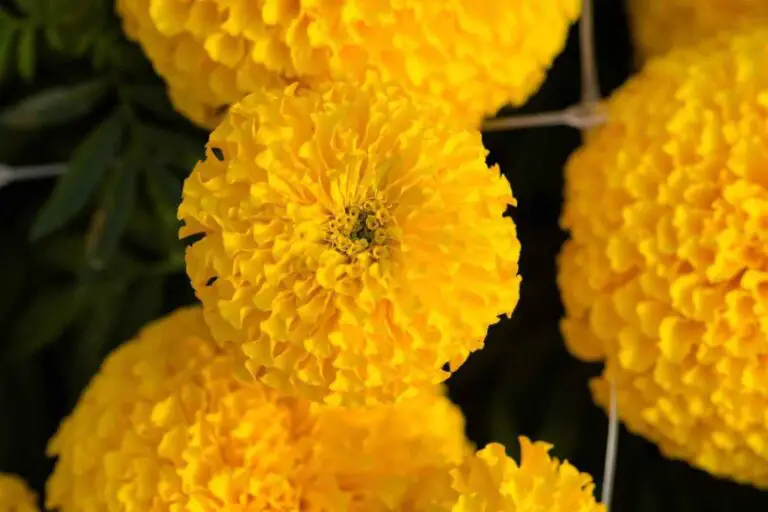
Marigolds do more than just have bright flowers. They are great to grow alongside cantaloupe. This is because they help keep pests away. Marigolds have a strong smell that keeps nematodes and aphids from bothering the cantaloupe plants. Their bright flowers also attract helpful insects like bees and butterflies. These insects help pollinate the cantaloupe plants.
Marigolds need full sun and well-drained soil. They can grow in different soil types, but prefer soil that drains well. Marigolds are easy to care for. They can handle hot, dry conditions after they get established. But they benefit from regular watering, especially when it’s dry, to stay healthy and bloom well.
Radish
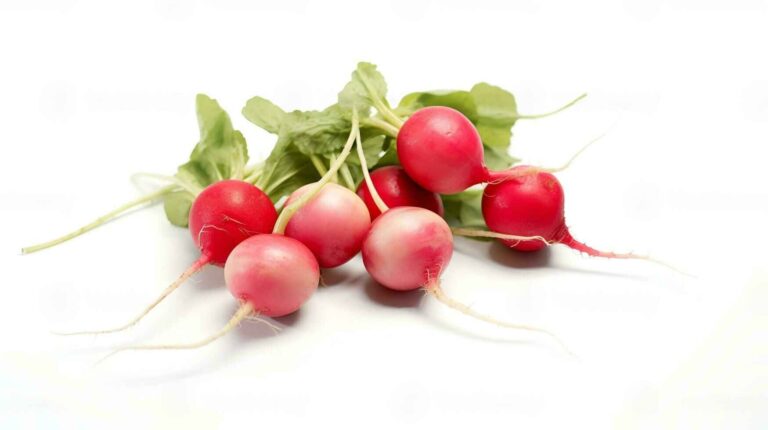
Radishes (a type of vegetable) can help when planted with cantaloupe. Their strong roots can break up compacted soil. This improves the soil’s airflow and drainage, which creates a healthier environment for cantaloupe roots. Radishes also grow quickly, so they can be planted between cantaloupe rows. This helps block weeds and covers the ground.
Radishes grow best in loose, well-drained soil with consistent moisture. They like soil that has a lot of organic matter and is a bit acidic, with a pH between 5.5 and 7.0. Radishes do best when planted in early spring or late summer, because they can grow too fast in hot weather. Radishes need plenty of sunlight and space, about 1 to 2 inches between each plant.
Lettuce
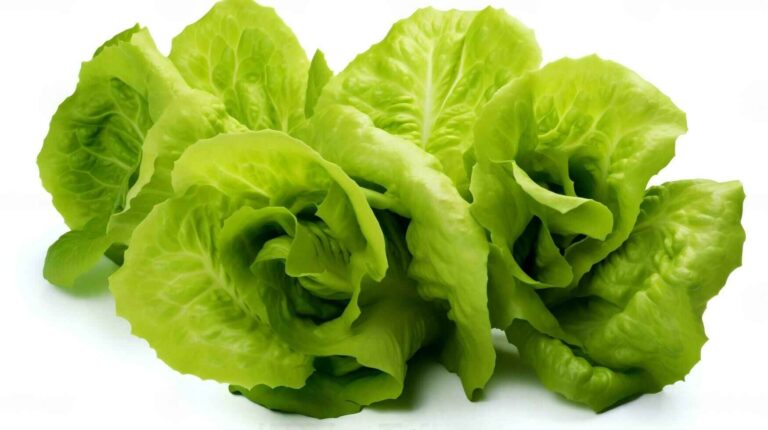
Lettuce has benefits when planted with cantaloupe. One key advantage is ground cover. This helps keep the soil moist and prevents weeds around the cantaloupe plants. Lettuce also shades the soil. This keeps the soil cooler in hot weather and reduces moisture loss from evaporation. Lettuce has shallow roots, so it won’t compete with the deeper roots of cantaloupe vines. This makes lettuce a good choice to plant alongside cantaloupe.
Lettuce grows best in cool, moist conditions with lots of sunlight. It likes well-drained, fertile soil with a pH between 6.0 and 7.0. Lettuce can handle some shade but does better in partial to full sun. It’s important to keep the plants moist, as drought can make them bitter and cause them to flower early. Depending on the type, lettuce can be harvested at different stages, from baby greens to full heads.
Oregano
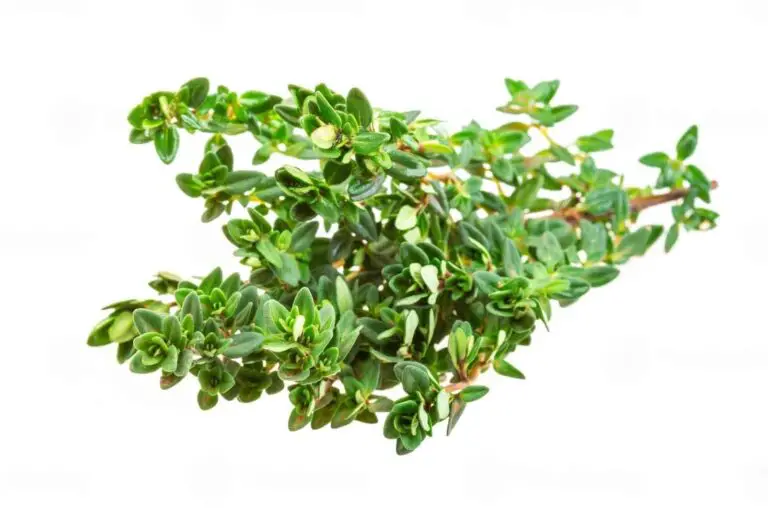
Oregano is a great plant to grow near cantaloupe. It helps keep pests away. The strong smell of oregano’s oils acts as a natural barrier. This stops aphids, spider mites, and other pests from getting to the cantaloupe plants. Oregano also attracts helpful bugs like hoverflies and wasps. These bugs eat common garden pests, which further protects the cantaloupe.
Oregano does best in soil that is well-drained and has a pH between 6.0 and 8.0. It likes sandy or loamy soil that is rich in organic matter and drains well. Oregano is a Mediterranean herb that grows best in full sun, but it can also handle some shade in hotter climates. Once established, oregano is drought-tolerant, but it still benefits from regular watering, especially during dry periods. Pruning oregano plants regularly helps them grow bushier and prevents them from getting leggy.
Beans
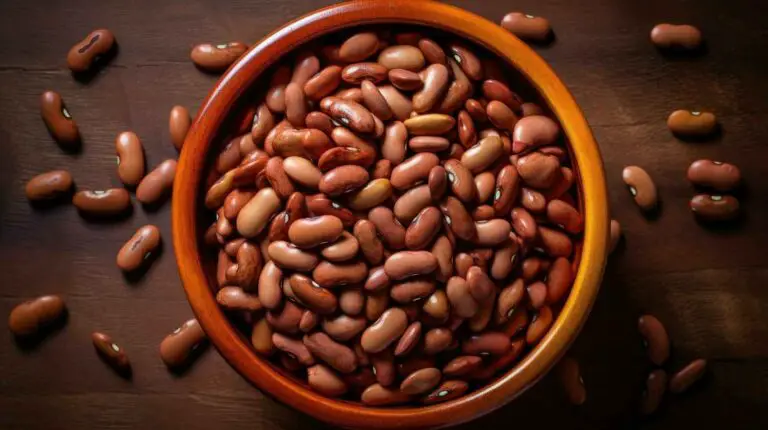
Beans are helpful when planted with cantaloupe. One main benefit is they add nitrogen to the soil. Beans have a special relationship with bacteria in their roots. As beans grow, they take nitrogen from the air and turn it into a form that other plants, like cantaloupe, can use. This natural process improves the soil and helps the cantaloupe grow better. Beans also provide support for cantaloupe vines to climb, lowering the risk of fruit rot and pests.
Beans need well-drained soil and plenty of sun. They like soil that is rich in organic matter and has a pH between 6.0 and 7.5. Beans are warm-season crops that need temperatures above 60°F (15°C) to grow well. They can handle some drought but do better with regular watering, especially when flowering and fruiting. Beans are sensitive to frost, so plant them after the last frost in your area. Depending on the type, beans can be bushy or vining, so choose a spot that fits their growth.
Cilantro
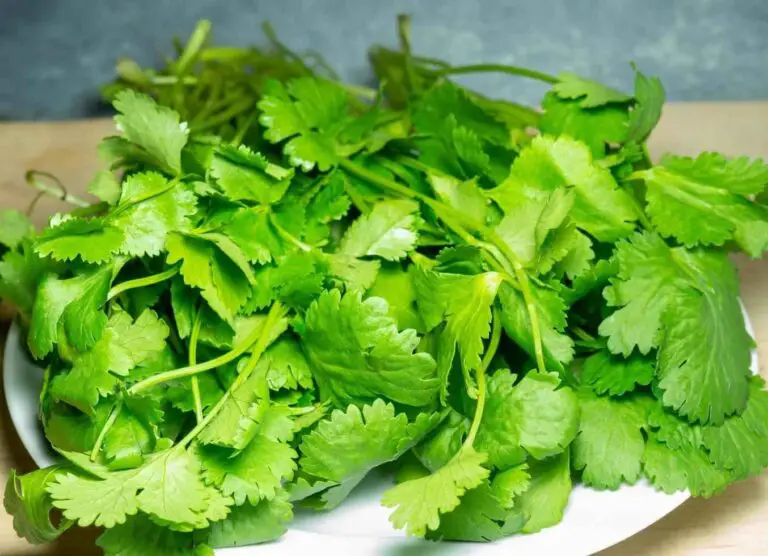
Cilantro helps when planted with cantaloupe. It attracts helpful insects like hoverflies and wasps. These insects eat common garden pests like aphids and caterpillars. Cilantro helps control these pests. It also has a strong smell that confuses and deters pests. Cilantro also adds great flavor to dishes. It’s a valuable addition to any garden.
Cilantro does best in cool, moist areas with some shade to full sun. It likes well-drained soil with a pH between 6.0 and 7.5. Cilantro is a cool-weather herb. It grows best when planted in early spring or fall. It tends to flower and die in hot weather. To get cilantro for longer, plant seeds every few weeks. Cilantro is easy to care for. It can handle some neglect once it’s growing. But regular watering and mulch help it stay healthy.
Sunflower

Sunflowers are helpful for cantaloupe plants. They attract bees and butterflies, which are important for pollinating cantaloupe flowers. This helps the cantaloupe grow better fruit. Sunflowers also provide support for the cantaloupe vines, keeping the fruit off the ground. This reduces the risk of rot and pest problems.
Sunflowers need lots of sunshine and well-drained soil with a pH between 6.0 and 7.5. They are warm-season plants that only grow when it’s warmer than 50°F (10°C). Sunflowers can handle drought well once they are established, but they do better with regular watering, especially during dry times and when they are flowering. Their deep roots help them reach water and nutrients in the soil, making them good for hot, dry climates. Sunflowers can be a few feet tall or over ten feet tall, so choose a planting spot that fits their size.
Squash
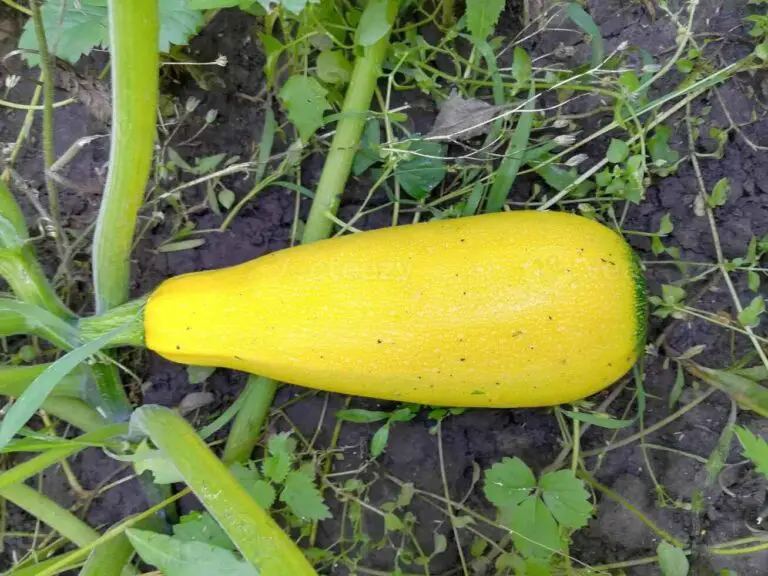
Squash plants can help cantaloupe plants in several ways. Their large leaves create shade, which regulates the soil temperature and moisture for the cantaloupe plants below. Squash plants also have sprawling vines that prevent weeds and soil erosion, creating a healthier environment for cantaloupe roots. Since squash and cantaloupe are in the same plant family, they make good companion plants in the garden.
Squash does best in well-drained soil with lots of sun. They like fertile, loamy soil with a pH between 6.0 and 7.5. Squash plants are warm-season crops. They need temperatures above 60°F (15°C) to sprout and grow well. Once established, squash can tolerate some drought but benefit from regular watering, especially when flowering and fruiting. Squash plants can’t handle frost, so plant them after the last frost in your area. Depending on the type, squash plants can have bushy or vining growth. Choose a planting spot that fits their size and spread.
Plants to Avoid Planting Near Cantaloupe
Onion
Allium cepa, the onion, releases substances that may prevent neighboring plants, such as cantaloupes, from growing and developing. Cantaloupes’ flavor and aroma can be influenced by these substances, which could result in unfavorable alterations to their flavor.
Reasons Why Onions Should be Avoided as Companion Plants for Cantaloupe
- Onions have shallow roots. These roots compete with cantaloupe roots for water, nutrients, and space in the soil. This can slow down the growth of cantaloupe plants.
- Onions may attract pests like onion flies and onion maggots. These pests can harm cantaloupe plants or spread diseases. Gardeners should be aware of this when planting onions near other crops.
- The strong smell of onions can keep pollinators away from cantaloupe flowers. This can lead to poor fruit growth and lower yields.
- Disease Spread: Onions can get diseases like onion white rot. This disease can spread to nearby cantaloupe plants and make them unhealthy.
Garlic
Cantaloupe growth and development may be hampered by sulfur compounds found in garlic (Allium sativum). These substances have the potential to degrade cantaloupes’ overall quality and change their flavor and scent.
Reasons Why Garlic Should be Avoided as a Companion Plant for Cantaloupe
- Soil Toxicity: Garlic releases chemicals into the soil. These chemicals can stop other plants, like cantaloupes, from growing and sprouting.
- Garlic has a strong smell that can keep some pests away. However, it may also scare off helpful insects, like pollinators, from visiting cantaloupe flowers. This can lead to less fruit being produced and lower yields.
- Garlic and cantaloupe plants compete for nutrients in the soil. This can make it hard for cantaloupe plants to get the resources they need to grow well.
- Disease Susceptibility: Garlic can get some diseases like white rot and rust. These diseases can spread to nearby cantaloupe plants and make them unhealthy.
Chives
Allium schoenoprasum, or chives, are related to onions and garlic in genus and contain chemicals that can be harmful to cantaloupe plants. The compounds that chives emit have the potential to damage cantaloupe growth and development in addition to changing the fruit’s flavor and aroma.
Reasons Why Chives Should be Avoided as Companion Plants for Cantaloupe
- Chives release chemicals into the soil. These chemicals can stop nearby plants, like cantaloupes, from growing and sprouting.
- Chives have shallow roots that compete with cantaloupe roots for water, nutrients, and space in the soil. This can limit the growth of cantaloupe plants.
Potatoes
Glycoalkaloids are substances that potatoes (Solanum tuberosum) emit. These substances can be harmful to plants nearby, especially cantaloupes. Together with potentially preventing cantaloupe growth and development, these substances can change the flavor and scent of the fruit.
Reasons Why Potatoes Should be Avoided as Companion Plants for Cantaloupe
Potatoes release chemicals into the soil. These chemicals can stop nearby plants, like cantaloupes, from growing and sprouting. This is called allelopathic effect.
Potatoes have large root systems. These roots compete with cantaloupe roots for water, nutrients, and space in the soil. This competition can limit the growth of cantaloupe plants.
Potatoes can get pests and diseases like potato beetles and late blight. These problems can also spread to nearby cantaloupe plants and hurt them. Growers need to watch for these issues and take steps to protect their crops.
Potatoes need lots of nutrients from the soil. This can take away the nutrients that cantaloupe plants need to grow well.
Pumpkins
Cucurbita pepo, or pumpkins, are related to cantaloupes and may face competition from them for garden space and resources. Although pumpkins and squash have similar benefits, cantaloupe plants may be shaded by the robust growth and sprawling vines of pumpkins, which could limit their availability to sunshine and perhaps decrease fruit yield.
Reasons Why Pumpkins Should be Avoided as Companion Plants for Cantaloupe
- Pumpkins have long vines that can spread quickly. They can cover large areas and block sunlight from cantaloupe plants. This can stop the cantaloupe plants from growing well and producing fruit.
- Pumpkins and cantaloupes need the same water and nutrients from the soil. This leads to competition between them for these resources. This competition can cause both plants to grow slower and produce fewer fruits.
- Pumpkins can get pests and diseases that also affect nearby cantaloupe plants. Squash bugs and powdery mildew are examples of these problems. These issues can make the cantaloupe plants unhealthy.
- Pumpkins and cantaloupes are in the same plant family. They can mix their pollen if planted too close. This can create hybrid fruits with bad traits.
Melons
Cantaloupes may face competition from other melon cultivars, like watermelons (Citrullus lanatus) and honeydews (Cucumis melo var. inodorus), for garden space and resources. Despite being in the same family as cantaloupes, they may demand different resources and have different development habits, which could cause problems in the garden.
Reasons Why Other Melon Varieties Should be Avoided as Companion Plants for Cantaloupe
- Other melon types may compete with cantaloupes. They may compete for water, nutrients, and space in the garden. This can lead to stunted growth and lower yields for both plants.
- Cross-pollination happens when different melon types in the same species are planted too close together. This can cause the melons to mix and create new, unpredictable fruit. To avoid this, keep different melon varieties a safe distance apart.
- Pests can be a problem for other melons near cantaloupes. The diseases and pests that attack those other melons can spread to the cantaloupes. This can harm the health and yield of the cantaloupe plants.
- Cantaloupes are a type of melon. Other melon varieties are related to cantaloupes. But their growth needs and features may not match perfectly. This can cause problems in the garden.
Cucumbers
As members of the same family as cantaloupes, cucumbers (Cucumis sativus) may face competition from them for garden space and resources. While cucumbers and squash have similar benefits, cantaloupe plants may be shaded by the sprawling vines and rapid development of cucumbers, which may limit the plants’ availability to sunlight and perhaps hinder fruit production.
Reasons Why Cucumbers Should be Avoided as Companion Plants for Cantaloupe
- Cucumbers have strong vines that can grow fast and cover large areas. This could block sunlight from cantaloupe plants. This might limit the growth and fruit development of the cantaloupe plants.
- Cucumbers and cantaloupes need similar amounts of water and nutrients from the soil. This causes them to compete for these resources. The competition can lead to slower growth and lower harvests for both plants.
- Cucumbers can get pests and diseases. For example, cucumber beetles and powdery mildew. These problems can also spread to nearby cantaloupe plants. This can hurt the health of the cantaloupe plants.
- Cucumbers and cantaloupes are in the same plant family. If planted too close together, they can cross-pollinate. This can create hybrid fruits with undesirable traits.
Tomatoes
Allelochemicals, which are released by tomatoes (Solanum lycopersicum) can be harmful to plants in the vicinity, including cantaloupes. These substances may change the flavor and perfume of cantaloupes as well as hinder their growth and development.
Reasons Why Tomatoes Should be Avoided as Companion Plants for Cantaloupe
- Tomatoes release chemicals into the soil. These chemicals can stop other plants, like cantaloupes, from growing and sprouting.
- Tomatoes have large root systems that compete with cantaloupe roots. They compete for water, nutrients, and space in the soil. This can limit the growth of cantaloupe plants.
- Tomatoes can get pests and diseases, like tomato hornworms and early blight. These problems can spread to nearby cantaloupe plants and make them sick too.
- Tomatoes and cantaloupes are not closely related genetically. This means they are unlikely to cross-pollinate. But planting them too close together can cause problems. The plants may crowd each other out and fight for resources in the garden.
Peppers
Cantaloupes and other surrounding plants may have growth and development hindrances due to chemicals released by peppers . These substances may suppress cantaloupe development and fruit production in addition to changing the fruit’s flavor and scent.
Reasons Why Peppers Should be Avoided as Companion Plants for Cantaloupe
- Peppers release chemicals into the ground. These chemicals can stop nearby plants, like cantaloupes, from growing and sprouting.
- Peppers have large root systems. These roots compete with cantaloupe roots. They compete for water, nutrients, and space in the soil. This can limit the growth of cantaloupe plants.
- Peppers can get pests and diseases like aphids and blossom end rot. These can spread to nearby cantaloupe plants and hurt them.
- Peppers use many nutrients from the soil. This may leave less for nearby cantaloupe plants. Cantaloupes need certain nutrients to grow well. Nutrient depletion can happen when peppers take too many nutrients from the soil.
You may be interested in reading companion plant for coral bells
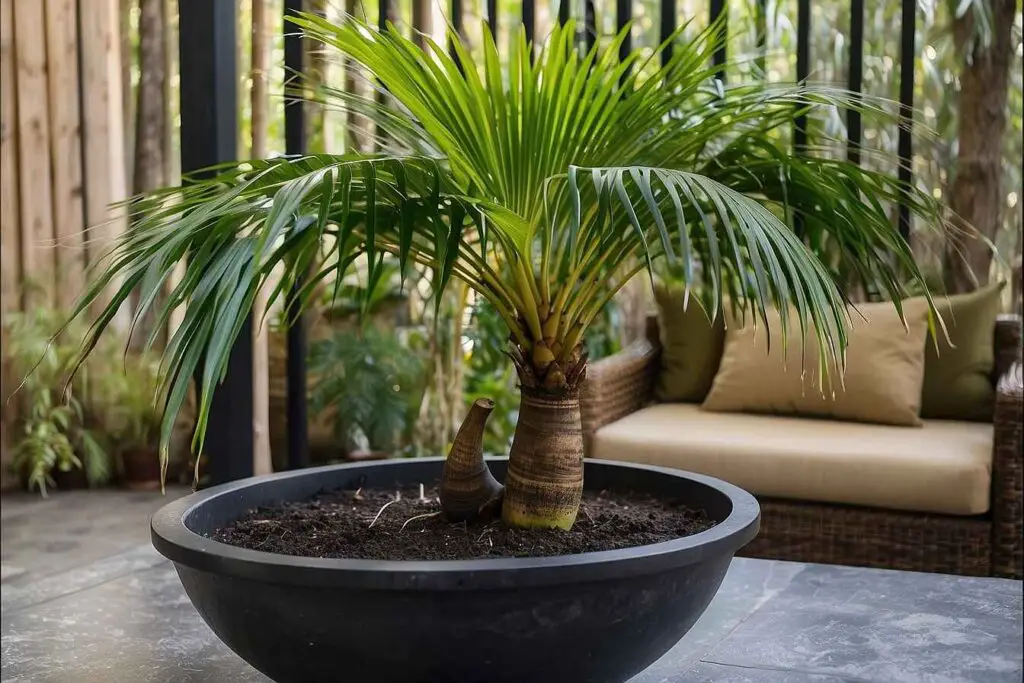
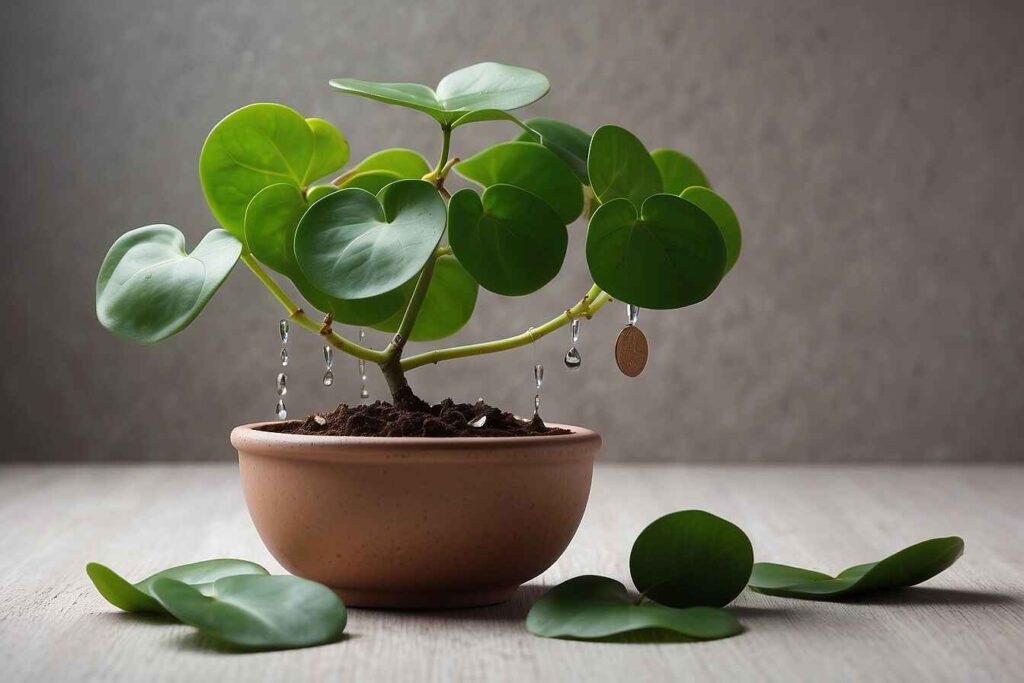
yes i was searching this type of article it is relly helpful and benificial but can you more detail peppers and how can i contact you